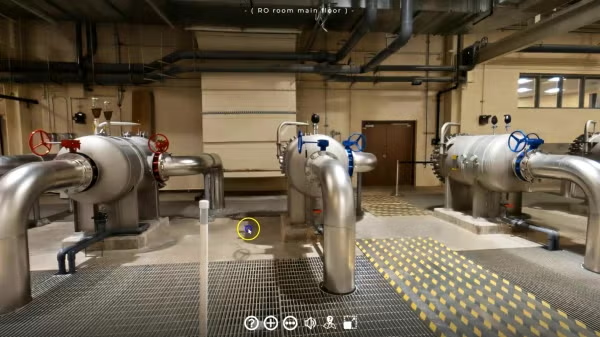American Indian Studies student to be a voice for her community at UN forum

Priscilla Frankson’s research focuses on sea ice and how the Indigenous community members in Gambell, Alaska, are mitigating the issues caused by climate change. Photo courtesy Priscilla Frankson
Priscilla Frankson grew up in an Indigenous community in Point Hope, Alaska, 125 miles north of the Arctic Circle.
When it came time for college, she chose the American Indian Studies program at Arizona State University because she wanted to make a difference in her community and others like it.
The graduate student, whose research focuses on how an Indigenous community in Gambell, Alaska, is mitigating issues caused by climate change, will have the chance to do just that when she travels to Rome this month to participate in the United Nations Global Indigenous Youth Forum.
“Many people don’t think we exist up there in Alaska. Therefore, I can be a representative and teach people about my community and the many other small communities like us,” Frankson said. “I am only one person and I reiterate over and over again that I don’t speak for everyone. But the biggest thing for me is to hopefully be a positive representation for my people.”
The U.N. forum brings together Indigenous youth worldwide to discuss the policies affecting Indigenous communities' food and knowledge systems in the context of climate and biodiversity action.
“Having an international forum to meet and talk through different issues that people worldwide are facing regarding food systems with an open dialogue is extremely powerful to me,” she said. “Food is a way that a lot of people connect. When someone shares their food with me from another culture, I always try it. People have really close ties to what they eat.”
In 2022, the forum launched the “My food vision is…” campaign to catalyze the agrifoods system's transformation. The campaign's goals connect to the U.N. Food and Agriculture Organization's (FAO) "four betters," which include better production, nutrition, environment and life.
The communities Frankson researches in Gambell, Alaska, rely heavily on subsistence hunting as a primary food source. They can have food and supplies sent to them, but the cost of receiving them can add up.
“The island is a subsistence-based community and relies heavily on things they hunt,” Frankson said. “I wanted to learn more about their approach to food and living. I hope to take the research, data and interviews I gather as a stepping stone to eventually shape laws and policies to make hunting and gathering food easier for the community.”
The trip to Rome is an opportunity for Frankson to connect, teach and shine a light on the importance of her research.
“I’m excited to get a chance to connect with other Indigenous youth from all over the world," she said. "I want to hear about how they mitigate different issues around food and learn more about their culture; to me, food does just that.”
Frankson credits ASU's American Indian Studies program with preparing her for this opportunity.
“It’s been huge for me," she said, "because I’ve been able to rely on the advice and experience of the professors and faculty members who know what it’s like to work with communities.”
More Environment and sustainability

2 ASU faculty elected as AAAS Fellows
Two outstanding Arizona State University faculty spanning the physical sciences, psychological sciences and science policy have…

Homes for songbirds: Protecting Lucy’s warblers in the urban desert
Each spring, tiny Lucy’s warblers, with their soft gray plumage and rusty crown, return to the Arizona desert, flitting through…

Public education project brings new water recycling process to life
A new virtual reality project developed by an interdisciplinary team at Arizona State University has earned the 2025…

